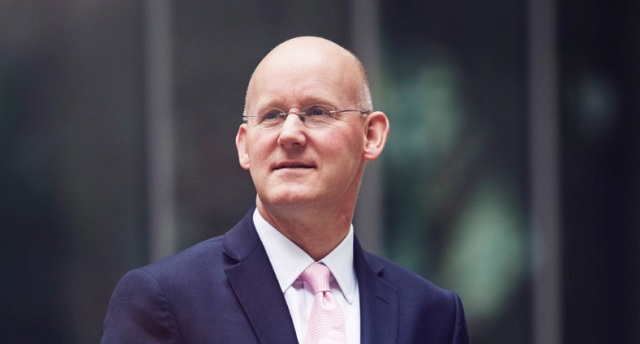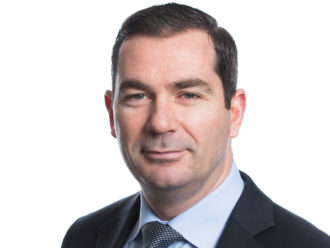Mike Weston has just clocked up his first year as chief executive of the Pensions Infrastructure Platform (PiP). He talks to Chris Panteli about the challenges facing investors, the opportunities available and what he wants from the government.
“We will be more powerful combining with the LPFA on investment opportunities than we would have been had they stayed in PiP as a founding investor.”
Mike Weston
You recently annouced the PiP has secured £1bn of commitments so far
Yes, that’s a combination. There’s the £510m Dalmore PPP Equity fund, the £131m Aviva solar PV fund and the remainder of that, say £370m-ish, is from the pension schemes that were part of the consortium with Dalmore for the Thames Tideway. We have to be a bit careful because until we’re FCA regulated, we’re not allowed to say PiP invested in the Thames Tideway Tunnel project, but it’s fair to say that without PiP, that wouldn’t have happened. PiP has acted as the co-ordination and facilitation mechanism to bring those pension schemes together and that has led to negotiations with the asset managers to make the opportunities attractive enough. The next stage, once we’ve got FCA authorisation and the ability to manage money as PiP, will be for PiP to be the GP and the manager of the limited partnership. The founding investors and other pension schemes will be the limited partners. The PiP limited partnership will then go out and buy the assets.
How close are you to getting that approval?
I’m reluctant to put a specific timescale on it. All I can say is we submitted the application to the FCA in the middle of April, we’ve done the statutory three months’ waiting where nothing happens. So if you look at the typical FCA standard processes, we’re quite close. The dialogue with the FCA is active and we’re hoping it’s a matter of weeks now rather than months.
Has it been a particularly arduous project?
No, not really. Our view is that investing in big lumps of concrete in infrastructure is certainly less risky, and being backed by a number of big pension schemes makes us a lot lower risk than say a start-up hedge fund in a garage with a couple of people investing in convoluted structured derivatives. On that basis we should be an easier entity for FCA to get their heads round and understand where our risk lies. They’re gradually seeing applications from more direct investors like us; including LPFA and Lancashire. Whereas we’re lower risk in terms of the institution pedigree and the type of assets we’re investing in, I suppose potentially you could say we’re a new class of investment fund which might make them think a bit. So who knows?






Comments